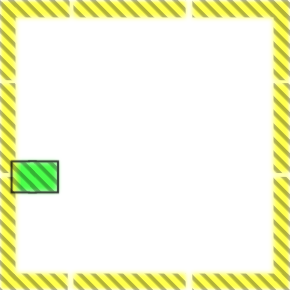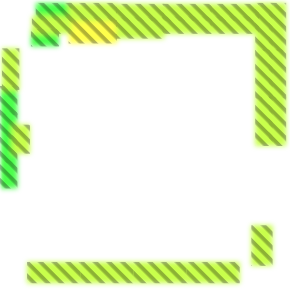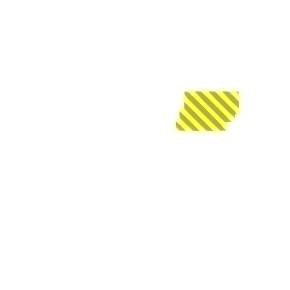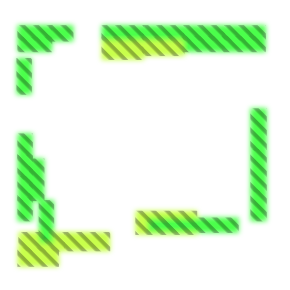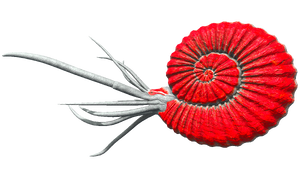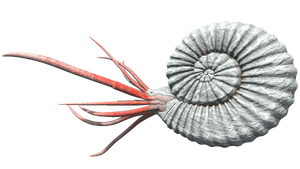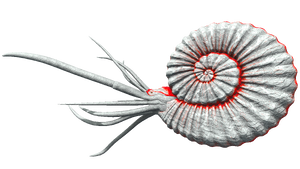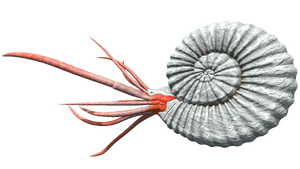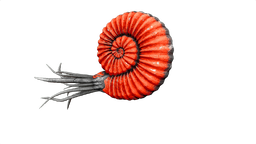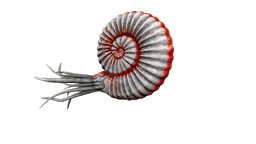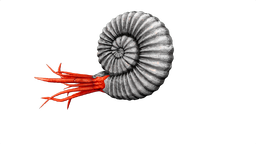
Ammonite
cheat summon Ammonite_Character_Cor
cheat SpawnDino "Blueprint'/Game/PrimalEarth/Dinos/Ammonite/Ammonite_Character.Ammonite_Character'" 500 0 0 35
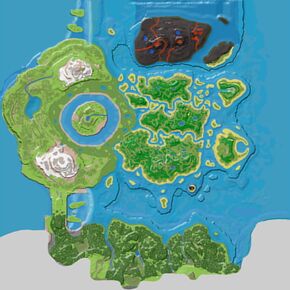



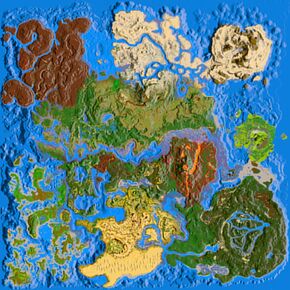

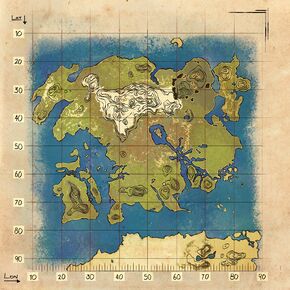
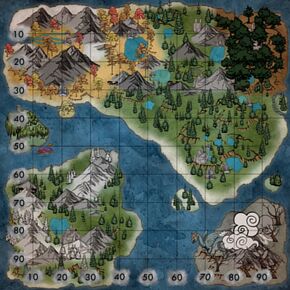
Untameable Cave
The Ammonite is one of the creatures in ARK: Survival Evolved. It is a small, bottom-feeding invertebrate known for causing nearby creatures to become aggressive when attacked and for dropping Ammonite Bile, a key ingredient in Pheromone Darts.
Basic Info
Dossier
This section is intended to be an exact copy of what the survivor Helena Walker, the author of the dossiers, has written. There may be some discrepancies between this text and the in-game creature.
Ammonitina multiamicus
TimeLate Jurassic - Mid Cretaceous
DietBottom Feeder
TemperamentPassive
- Wild
Usually found in the deepest parts of the water around the island, Amonitina multiamicus has a strange relationship with the other creatures of the deep. It must do something beneficial for them since every nearby sea creature defends Ammonitina when it is attacked. What this distinct symbiosis is based on, alas, I have not yet discovered. Ammonitina has also made its way into the deeper parts of many underwater caves. Even within these caves, the creature will draw attention if assaulted, making harvesting its resource-rich shell a tricky proposition, depending on what other dangers may be lurking nearby.
- Domesticated
Like many of the untameable ocean dwellers, Ammonitina still has enough utility to be a valuable hunting target. If a tribe is willing to risk the wrath of nearby would-be protectors, Ammonitina bile can be harvested from the innards of its corpse. This bile can then be worked over with other chemicals to produce powerful concoctions, the most notable being a mixture that causes creatures to become enraged and attack the source of the scent.
Behavior
Unlike the majority of animals in the ocean, the Ammonite is a passive animal that won't fight back. However, when attacked, it will release a green, inky substance into the water, causing all wild animals nearby to become aggressive; including nearby land animals.
Appearance
The Ammonite resembles a Nautilus, but much bigger, comparable in size to some of the largest fossil species, bearing 10 tentacles and a large spiral shell. The mouth is vertically orientated with teeth.
Color Scheme and Regions
This information can be used to alter the Ammonite's regions by entering cheat SetTargetDinoColor <ColorRegion> <ColorID> in the cheat console. For instance, cheat SetTargetDinoColor 0 6 would color the Ammonite's "shell" magenta.
Drops
Base Stats and Growth
| Attribute | Base Value | Level Increase |
|---|---|---|
| Wild | ||
| 165 | +33 | |
| 100 | +10 | |
| N/A | N/A | |
| 450 | +45 | |
| 150 | +3 | |
| 0 | +0 | |
| 100% | N/A | |
| 50 | +3 |
- For a comparison of the stats of all creatures, see Base Creature Statistics.
- For an explanation of exactly how the levelup calculation works, see Creature Stats Calculation.
- 1These are the base speeds of the tamed creature at 100% Movement Speed, i.e. without a possible taming bonus.
- 2These are the speeds of the creature once tamed including a possible taming bonus and no imprinting bonus.
- For a comparison of the speeds of all creatures, see Base Creature Speeds.
Abilities
Active
| Spit Pheromones |
|
|---|
Combat
This section describes how to fight against the Ammonite.
General
The Ammonite is a non-aggressive animal that will not attack the player on sight.
Strategy
The shell of the Ammonite is tough and resilient against most weapons. Therefore, players should target the tentacled head, which is vulnerable to damage.
Weaponry
A Pike is the best used for close quarters, as the weak area is quite small and hard to aim with a crossbow or rifle. It is also recommended to kill all wild animals nearby, as these will become hostile when you attack the Ammonites.
Dangers
The Ammonite itself is not a danger, however, when attacked it will release a green substance into the waters, causing nearby wildlife to become aggressive for a whole minute. An Ammonite hunt can quickly become overwhelmed by masses of normally passive animals. Its rage effect will last for 60 seconds. Also, the underwater caverns and depths Ammonites dwell in have their dangers, such as mass shoals of ![]() Cnidaria, as well as many other terrors of the deep.
Cnidaria, as well as many other terrors of the deep.
Weakness
The Ammonite will not fight back in any way, making for a rather easy kill so long as there are no other animals nearby.
Utility
Roles
- Resources: The Ammonite can not be tamed but does provided plenty of resources including
 Ammonite Bile,
Ammonite Bile,  Black Pearls,
Black Pearls,  Chitin,
Chitin,  Oil and
Oil and  Silica Pearls, which are all valuable for manufacturing, fabrication, and crafting various items that use these materials. Specifically, the
Silica Pearls, which are all valuable for manufacturing, fabrication, and crafting various items that use these materials. Specifically, the  Pheromone Dart is made with Ammonite Bile, which can be used to make any wild creature aggressive to a targeted creature or survivor that is hit.
Pheromone Dart is made with Ammonite Bile, which can be used to make any wild creature aggressive to a targeted creature or survivor that is hit. - Enraging Wild Dinos: Though it is often unfavorable to attract much of the deep sea or cave predators toward you when attacking an Ammonite, it could be useful in specific situations of underwater ambush or escape.
- Taming assistance: Their rage ability can be an annoyance but is perfect for drawing the attention of rare animals for taming to safe locations.
Spotlight
Notes/Trivia
For information pertaining specifically to the real-world Ammonite, see the relevant Wikipedia article.
- Dossier revealed on December 21, 2015 [1]
- Be wary if you do try to kill and harvest an Ammonite, as the Rage effect lasts for an entire 1 minute.
- By far the best way to kill and harvest an Ammonite is with a
 Baryonyx, as when it uses its tailspin, it does not aggro the Ammonite and thus no call for help for other creatures to come attack you.
Baryonyx, as when it uses its tailspin, it does not aggro the Ammonite and thus no call for help for other creatures to come attack you. - The name Ammonitina multiamicus is most likely a reference to its behaviour. Multi being the Latin root word used to describe anything of number, greater than one, and Amicus being the Latin word for "friend", would roughly translate the name to "Ammonite with multiple friends". This is most likely a reference to the symbiotic species it shares with all deep-sea creatures in that it can aggravate all nearby creatures (its "friends") onto the attacking player for protection. It is unknown if the symbiotic relationship is commensalist(being a relation where one organism benefits but the other is mostly unaffected), or mutualistic(being a relation where both organisms benefit from one another), as the Ammonite could be providing something in return for its protection from even the fiercest of aquatic predators, or swaying deep-sea protectors by using their Ammonite Bile without giving anything in return. As Helena states in the dossier, the nature of this relationship between Ammonite and oceanic creatures is unknown.
- The top right image in the dossier appears to have an
 Arthropluera.
Arthropluera. - Contrary to popular belief, they are not only found in caves. Similar to
 Eurypterids, clusters of ammonites can be seen on the seafloor in various parts of the map, such as the Southwest corner. Some have been seen past the giant rock spires of the south.
Eurypterids, clusters of ammonites can be seen on the seafloor in various parts of the map, such as the Southwest corner. Some have been seen past the giant rock spires of the south. - The diet of the Ammonite in the dossier is stated to be 'Bottom-Feeder', which could be a plausible diet for a deep-sea cephalopod, but except for evidence being found that aptychophoran ammonites probably fed on plankton, there is a huge lack of information on the general diets of most ammonite species due to rarity of soft tissue being fossilized.
- Ammonitina is not a real genus name, but rather the name of a suborder of ammonites. The ammonite depicted in Ark is very similar to Parapuzosia seppenradensis in size; if this is the true identity of the ammonite seen in the game, its true scientific name would be Parapuzosia multiamicus.
Changelog
| Patch | |
|---|---|
| 255.0 | |
| 255.2 | |
| 259.0 | Increased unstasis range on |
Gallery
References
| Creatures |
|---|
- Invertebrates
- Bottom feeders
- Passive creatures
- Creatures released in v255
- Creatures released in 2017
- Creatures released in v751
- Creatures released in v505
- Creatures released in v521
- Creatures released in 2018
- Creatures released in Mobile v1
- Untameable creatures
- Unbreedable creatures
- Creatures that are immune to torpor
- Creatures that don't drop feces
- Creatures
- Aquatic



